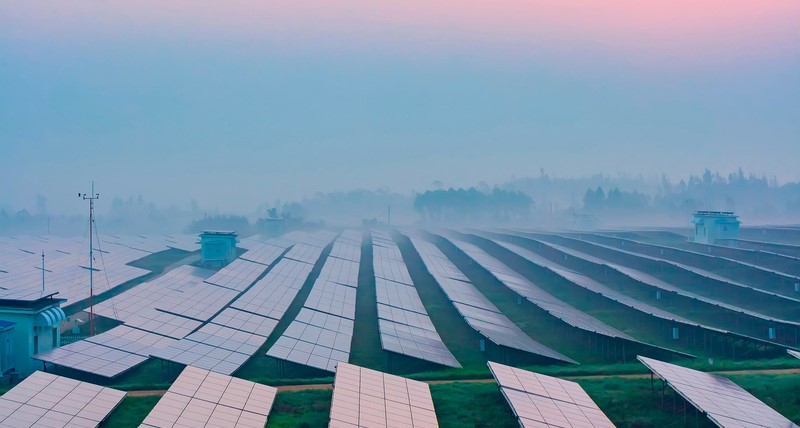With increasing passenger and freight traffic, the strengthening of the rail traffic is an important and actual issue. For sustainable mobility, the reduction of noise pollution caused by trains is essential. How this noise can be monitored you learn in the following article…
With increasing passenger and freight traffic, the strengthening of the rail traffic is an important and actual issue. For sustainable mobility, the reduction of noise pollution caused by trains is essential.
All involved parties agree on one claim:
Increase railway traffic, decrease railway noise!
Additional to two already existing stations measuring road traffic noises, a new station measuring railway noises was recently installed in Achern-Oensbach, Baden-Wuerttemberg:
In order to monitor and evaluate the railway noise development, the Ministry of Transport in the Federal State Baden-Wurttemberg commissioned the Federal Environmental Agency in Baden-Württemberg (LUBW) with the installation of a noise measurement station. It was installed by DRALLE Systementwicklungen in close cooperation with the Deutsche Bahn (German railway company). The system was mounted besides the highly frequented “Rheintalbahn” tracks with four lines connecting Karlsruhe, Germany and Basel, Switzerland.
The station works completely automatically and continuously with one microphone on each side of the tracks. Continually measured values such as noise levels of all passing trains are issued in real time and published on the operator’s website (in German only). Also, the hourly level as well as the level during day and night periods are always kept up to date.
Additionally long-term studies are carried out and provided online as well.
Technically, the providing of all these data causes an extremely high effort. Highly precise measurement techniques which are able to withstand all kinds of weather conditions and however need to be long-term stable as well as maintenance free. For the company DRALLE it was the 10th system of this kind within a development period five years.
Measurement procedures and evaluations take place in accordance with the DIN-EN-ISO-3095 norm prescribing a series of frameworks. Besides requirements related to the measurement station’s location, the installation as well as the used measurement equipment, the comparability of all results needs to be guaranteed. With growing accuracy of the noise measurement technology (first class, calibrated), the description of the climate situation becomes necessary. By using Lufft weather sensor WS600 and other WS members a variety of parameters can be measured with one compact weather sensor only.
In the borderline case noise measurements can be invalid due to
- Temperatures below 0.0 °C
- Rain or snow precipitation
- Wind velocities above 5.0 m per second


